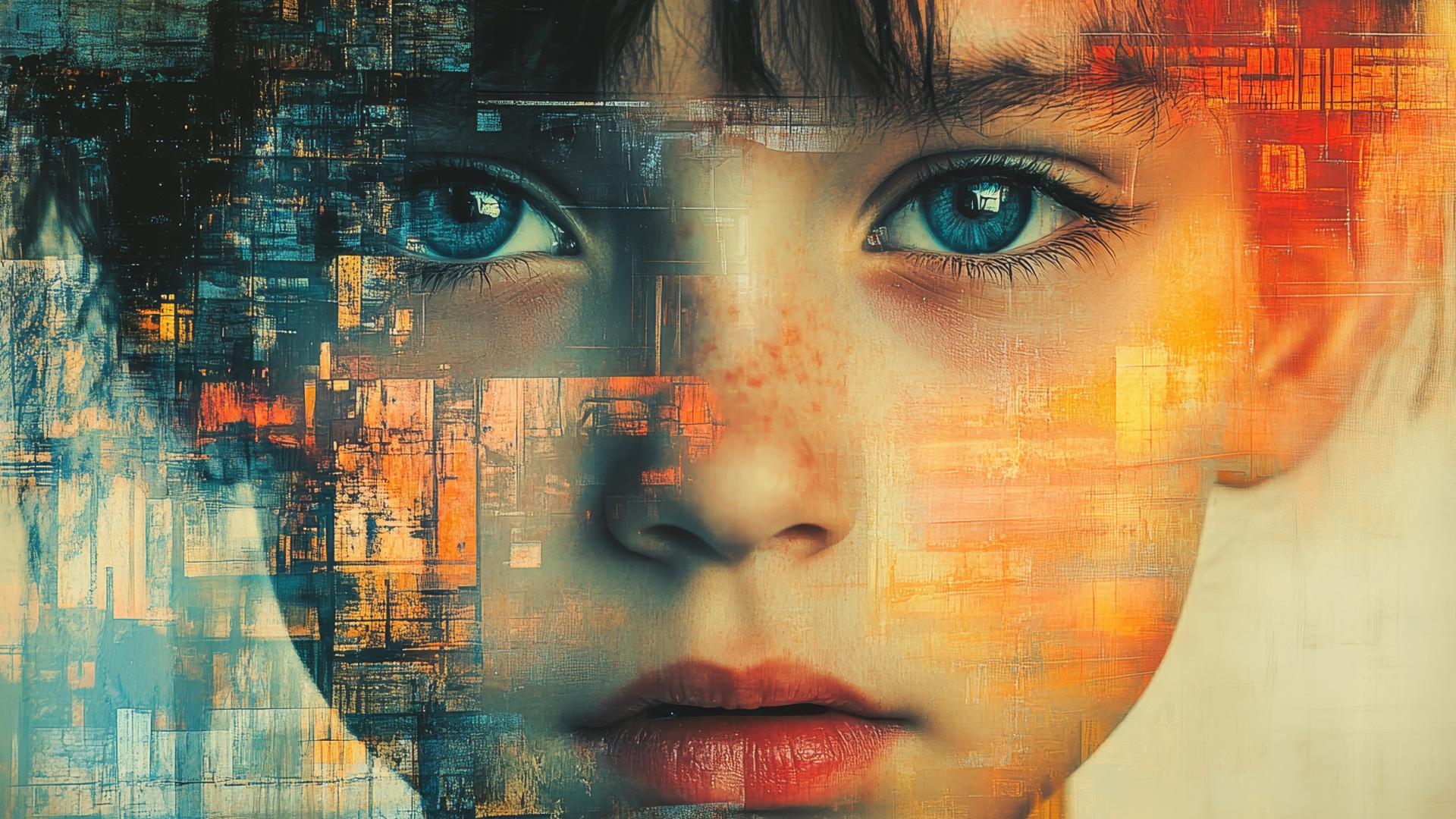
Like many of you fine folks, my formative years were paved with the glorious plastic of the 80s and 90s. We’re talking a holy trinity of tactile treasures: Legos (the OG creative outlet), GI Joes (because who didn’t need a rugged, silent friend?), and Transformers (robots that were also vehicles? Mind. Blown.). If a Saturday morning cartoon commercial dared to feature anything remotely resembling weaponry, colossal robots duking it out, or a squadron of determined army men, my tiny consumer heart was theirs. Girls? Still a fascinating, yet largely undecipherable, species.
The acquisition of these coveted playthings was a sacred ritual. It involved the arduous tasks of suburban servitude (mowing lawns felt like negotiating world peace back then), relentless household chores that seemed specifically designed to test a child’s patience, and the strategic deployment of puppy-dog eyes on my saintly mother at the hallowed halls of Toys “R” Us. Victory was sweet, the unboxing a moment of pure bliss.
But then… the inevitable. Faster than you can say “kung-fu grip,” that once-cherished action figure, that meticulously constructed Lego castle, that Transformer with the surprisingly complex articulation, would become… stale. Like that forgotten slice of bread languishing on the counter, its initial allure would evaporate. It would be relegated to the dusty depths of the toy bin, a monument to fleeting fascination.
Why this rapid descent from beloved companion to forgotten relic? Was it mere boredom? The siren call of the next shiny object? Or perhaps the insidious envy of Brian down the street and his inexplicably cooler toys? While those factors certainly played a role (Brian!), the underlying truth is a bit more… evolutionary. Stick with me, I promise this won’t turn into a dry biology lesson.
Evolution, in this context, isn’t about us sprouting extra thumbs or developing a sudden craving for kale (though the latter feels equally improbable). It’s about how our brains assign value. This value isn’t fixed; it’s a fluid, ever-shifting landscape influenced by external forces and our own fickle feelings. So, is this “evolution” just a fancy way of saying “perceived value”? Well, yeah, kinda.
Now, according to our trusty oracle, Wikipedia (may its servers forever hum with knowledge), “Evolution is the change in the inherited characteristics of biological populations over successive generations.” Now, just humor me for a second. What if we swapped out “biological populations” for “design”? Suddenly, it doesn’t sound so far-fetched.
As humans, we engage with things – be they tangible objects or digital interfaces. We explore them, we figure them out, we fall in love with them (briefly), we might even grow to despise them, and eventually, we often discard them (mentally or physically). It’s the glorious, messy cycle of human interaction.
So, when we talk about design “improving” or “getting better,” what are we really saying? Was Windows 95, with its revolutionary (at the time) “Start” button and the sheer thrill of dial-up internet, not the absolute zenith of user experience and visual design in 1995? Wasn’t The Oregon Trail, with its pixelated perils of dysentery and river crossings, the most captivating interactive experience of all time? And let’s not forget The Sims in 2000 – the ultimate digital dollhouse where we could play God (and occasionally remove the ladder from the pool).
At the time, they were the bee’s knees, the cat’s pajamas, the pinnacle of their respective fields. But look back now, and a chuckle might escape your lips at the clunky graphics, the rudimentary interfaces, the now-quaint experiences. Sure, foundational elements persist, but for the most part, they’re digital (or actual) relics gathering dust in the attic of our collective memory.
The design doesn’t necessarily get better; it expires and is then reimagined.
This brings us to a rather uncomfortable question: should design be intentionally created with an expiration date? It’s a philosophical quandary that would make even Socrates scratch his beard. But let’s be honest, a significant chunk of today’s corporate landscape operates on precisely this principle. And frankly? It often feels like the digital equivalent of stepping in something unpleasant – wasteful and, dare I say, a little cynical.
As designers, our hearts (and portfolios) yearn to create beautiful products. Plain and simple. We aspire to craft that singular masterpiece that will make jaws drop, something utterly unique, something that screams “I’m not like the other designs!” This differentiation often involves bravely tossing aside preconceived notions and venturing into the exhilarating (and sometimes terrifying) realm of “innovation.” Then comes the gauntlet: the design community’s discerning gaze, the critics’ sharp pens, the general public’s fickle thumbs-up or down.
But what fuels this constant craving for the different?
Ah, that’s the juicy core of it: human nature. Different products trigger different emotional responses within us precisely because no two brains are wired exactly alike. We might share broad interests, but the same sleek gadget could be perceived as minimalist chic by one person and cold and sterile by another. Our cognitive system, that incredible internal processor, is constantly scanning the external world, keeping us engaged even when things threaten to become monotonous. It’s drawn to the novel, the unfamiliar, nudging us to explore and understand.
Our eyes, those trusty sensory portals, are usually the first responders, sending a flurry of data to the brain about this newfound object. Size, material, color, texture, even (sometimes) smell – our brains rapidly dissect and categorize. Once this initial assessment is complete, we generally land in one of two camps: “Ooh, shiny!” or “Nope, moving on.”
Design, at its core, strives to achieve five key objectives with the user: to identify (what is this?), to inform (what does it do?), to entertain (is it engaging?), to persuade (do I need it?), and to differentiate (why is it special?). If any of these pillars crumble, the product’s chances of success plummet faster than a dial-up connection in 2025. Though, let’s be real, these days you can slap a filter on a picture, get some arbitrary “likes,” and call it a day… sigh.
But back to our “Design is a New Toy” analogy. How do we entice users to play with our freshly minted design? They’re perpetually teetering on the edge of boredom, constantly scanning for the next dopamine hit. How do we fill that void, knowing that the very thing we’ve poured our creative souls into could be gathering digital dust in a mere six to eight months? It’s enough to make a designer question their life choices (and maybe reach for another cup of coffee).
So, do toys have an expiration date? Absolutely. One of the most profoundly scarring moments of my childhood was witnessing the opening minutes of the 1986 Transformers: The Movie. (Hold for dramatic gasp) Optimus Prime! Ironhide! Prowl! All my beloved Generation 1 heroes… unceremoniously offed! The cold, hard reason? To make way for… new toys. The sheer audacity! The emotional trauma! (Yes, I’m still not entirely over it.)
Think about the entertainment behemoths: Disney, Marvel, Pixar, Dreamworks. Their movies rake in billions, but the accompanying merchandise empire? That’s where the real magic (and money) happens. Why Avengers 2, 3, 4, and seemingly infinity? Why Cars 1, 2, 3, and a fleet of spin-offs? It’s a business, folks. Groundbreaking, I know.
Design operates on a similar principle. New sells. New is exciting. New is fun… for a fleeting moment. Because the moment the next “new” thing saunters onto the scene, the current “new” thing suddenly feels… well, old news.
This is the tightrope we designers walk every day. We’re tasked with not just creating new products, but hopefully, timeless ones – designs with a fighting chance of having some actual shelf life.
“But the technology world moves so fast!” you cry. And you’re not wrong. But who do you think is dreaming up the sleek new UIs, the intuitive design experiences, the head-turning car aesthetics, the compelling branding, and those oh-so-slick marketing websites? That’s right, it’s us – the design wizards behind the curtain.
So, who ultimately decides what’s “new” and what’s next? Is it the tech titans like Apple or Microsoft, dictating the trends from their lofty headquarters?
That, my friends, is the million-dollar question that keeps us designers up at night (along with the existential dread of another redesign request). But here’s the good news, the comforting truth we cling to like a life raft in a sea of fleeting trends: we are designers. And as long as there’s a need for things to be identified, informed, entertained, persuaded, and differentiated, there will always be work to be done.
Drops Magic Mouse (because even magical things eventually need an upgrade).
